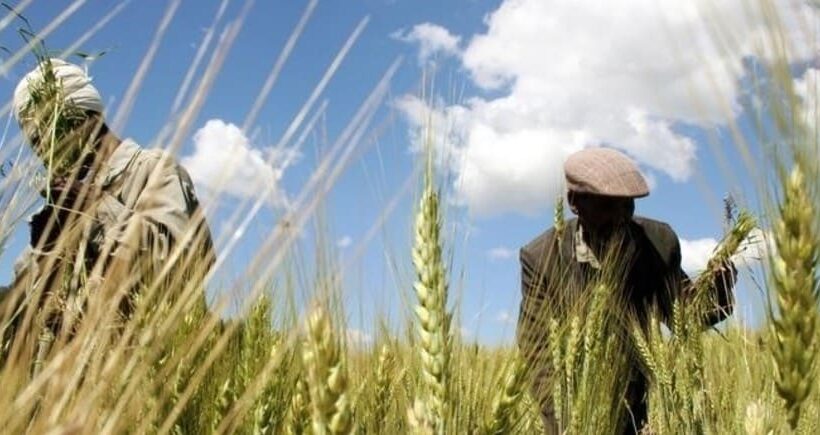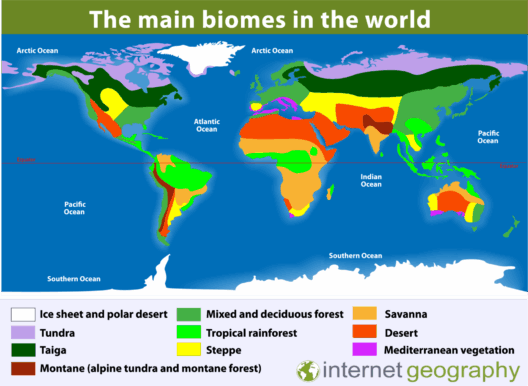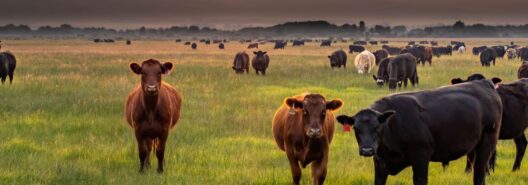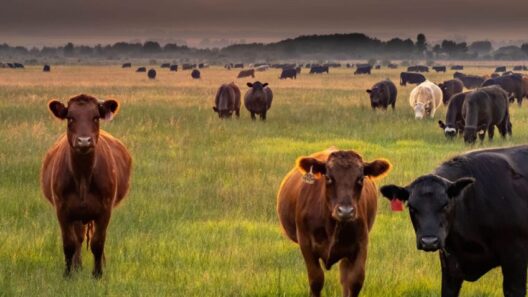As the world grapples with the pervasive effects of global warming, the agricultural sector stands at a critical juncture. Crop farming, an essential component of food security, faces unprecedented challenges due to erratic weather patterns, shifting climatic zones, and increased pest pressures. Nevertheless, adaptation strategies can illuminate a path forward, transforming potential havoc into manageable hurdles, if approached with innovation and insight.
To grasp the enormity of adaptation in agriculture, it is instrumental to comprehend the convoluted relationship between climate change and farming. The ramifications are both direct and indirect. Higher temperatures can exacerbate droughts, while unanticipated rainfall can lead to flooding—conditions that constitute a double-edged sword for crops. This juxtaposition requires a paradigm shift: from mere resilience to strategic adaptation, wherein farmers reimagine their agricultural practices in light of environmental changes.
The first step in adapting crop farming involves the careful selection of crop varieties. Traditional agriculture often relies on a narrow range of high-yielding cultivars. However, as climate conditions vary, it becomes crucial to diversify both crops and varieties. Breeding programs that focus on developing climate-resilient crops can offer tantalizing solutions. For instance, introducing drought-resistant strains or flood-tolerant rice can safeguard yields against climatic unpredictability. Utilizing indigenous varieties that have evolved to cope with local conditions may also enhance both sustainability and resilience.
Furthermore, regenerative agriculture represents a promising front in the adaptation arsenal. This holistic farming approach emphasizes soil health, biodiversity, and ecosystem balance, which are vital in a warming world. Techniques such as cover cropping, crop rotation, and reduced tillage can enhance soil structure and organic matter retention, ultimately improving water retention and disease resistance. Healthy soils are not only more resilient to climatic extremes but also sequester carbon, making regenerative practices a win-win solution for both farmers and the environment.
Water management plays a pivotal role in crop adaptation strategies. Climate change is leading to increased evaporation rates and shifting precipitation patterns, necessitating innovative water conservation techniques. Implementing drip irrigation systems and rainwater harvesting can optimize water use efficiency and reduce reliance on erratic rainfall. Moreover, precision agriculture technologies, including soil moisture sensors, can provide critical data to optimize irrigation schedules, minimizing waste while ensuring crops receive adequate hydration.
On the technology front, digital agriculture is revolutionizing the way farmers approach crop management in the face of climate change. Precision farming, facilitated by satellite imagery and drone technology, allows farmers to monitor crop health and soil conditions in real-time. This data-driven approach can drive timely interventions, enabling farmers to make informed decisions. Integrating artificial intelligence (AI) and machine learning can further enhance predictive models, allowing farmers to anticipate climatic impacts and adjust their practices accordingly.
Another transformative strategy is the adoption of agroforestry. This practice involves integrating trees into agricultural landscapes, offering a multitude of benefits. Trees can help regulate microclimates, provide shade for crops, and enhance biodiversity. Moreover, the root systems of trees can improve soil structure and reduce erosion. By cultivating a symbiotic relationship between crops and trees, farmers can create more resilient ecosystems that withstand the vagaries of climate change.
Adapting to climate change is not solely the responsibility of growers; policymakers must step up as well. Ensuring that farmers have access to the resources, skills, and knowledge necessary for adaptation is vital. This includes investment in research and development for climate-resilient crops and practices, as well as the establishment of supportive policies that encourage sustainable farming methodologies. Agricultural extension services can bridge the gap between research and on-the-ground application, fostering a culture of innovation and resilience among farmers.
Community engagement is also essential in the adaptation dialogue. Local knowledge, often rooted in generations of agricultural practice, should be harnessed and integrated into modern farming strategies. Community-supported agriculture (CSA) initiatives can help build connections between growers and consumers, facilitating a more localized and sustainable food system. By working collaboratively, communities can promote adaptive strategies that protect their food sources while also fostering social cohesion.
Finally, while the challenges of climate change are formidable, there lies a significant opportunity for visionary thinkers in agriculture. By embracing a holistic perspective that values adaptability, innovation, and collaboration, crop farming can evolve to meet the demands of a warming planet. The transition towards sustainable agriculture is not just a necessary reaction to climatic shifts; it is an invitation to weave new narratives into the fabric of global food production that prioritize ecological integrity and social equity.
As we navigate this intricate landscape, it becomes evident that adapting crop farming to global warming is not merely a scientific endeavor; it is a call to action. The budding potential for ecological stewardship rests in the hands of farmers, scientists, policymakers, and consumers alike. By sharing knowledge, embracing new technologies, and nurturing community bonds, the agricultural sector can serve as a paradigm for resilience in the face of climate change. Thus, the journey toward sustainable agriculture is not just a possibility; it is an imperative—with the power to redefine food systems for generations to come.








